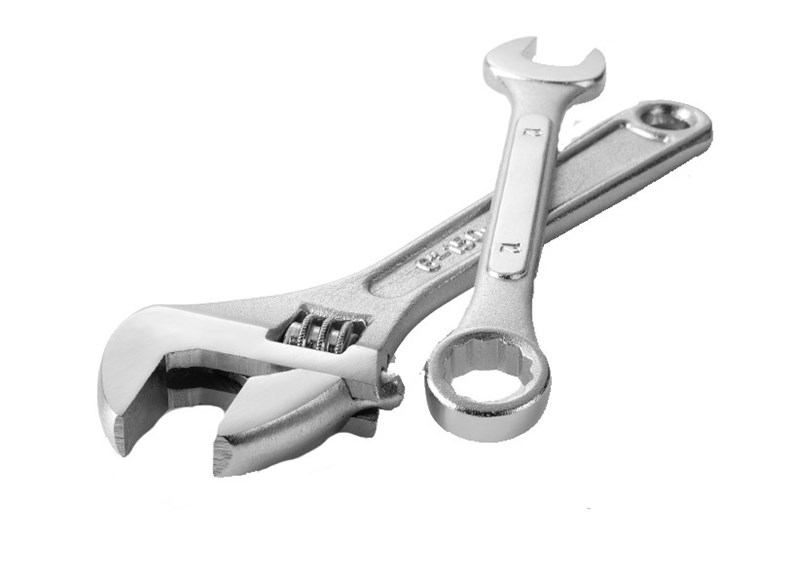Michael Radomsky, on-site manager of a 16-unit prewar cooperative on Park Avenue, was
hearing complaints from the residents about unpleasant cooking odors on the landings. To handle the building's problem, Radomsky put matters into the hands of Robert L. Teitelbaum, a company specializing in the cleaning and repairing of boilers, compactors, trash chutes and air ducts, who recommended a thorough cleaning of the building's duct system.
During the project, it was discovered that the ventilation system had never been cleaned. The ducts were so clogged with dust that there was no way for the smells to escape, says Radomsky, so they would just linger. The project was completed last summer in approximately four hours at a cost of $6,000. It was a painless and effective experience and we haven't had any complaints since, says Radomsky.
Improve Air Quality
Indoor air pollution is the highest risk to human health among all types of environmental problems, according to a report published by the United States Environmental Protection Agency (EPA) in 1990. And the Air Conditioning and Refrigeration Institute recently reported that, Air pollution levels indoors are often ten times higher than those outdoors. Everyone is exposed to indoor pollutants such as cooking fumes, grease, aerosol sprays, dust, tobacco smoke, animal dander, household cleaners, viruses, bacteria, pollen and fungi. In high-rise buildings, an effective ventilation system is the key to keeping these pollutants at safe levels.
Even in the most well-kept apartment houses, ventilation ductwork can become the breeding ground for mold, mildew, fungi and bacteria, says Robert Sindone, a principal with Indoor Air Care, Inc., an indoor air quality and duct cleaning company. Eliminating these pollutants will be the healthiest improvement your building ever makes, says Joel Greenberg, president of 1-800-CHUTE-ME, a company specializing in the cleaning of chutes and ducts.
According to Jennifer Carey, president of JLC Environmental, an environmental consulting company specializing in indoor air quality and lead and asbestos testing, people can experience a myriad of symptoms due to poor ventilation in their apartments. Symptoms range from irritation of the eyes, nose and throat to more severe respiratory problems, she explains. Other symptoms may include fatigue, an uncomfortable body temperature, headaches and dizziness. Reports of any of these symptoms by residents or the presence of dust around the vents are signs that the ventilation system is not doing its job and needs attention.
Hazards of Dirty Chutes
If neglected, garbage chutes can also create serious problems for the building, such as grease fires, an out-of-control pest population, rancid food odors and excessive wear and tear on the compactor and chute. Still, some buildings may experience only an occasional rodent or a foul odor near the chutes.
Trash chutes are one of the most neglected areas of a building, says Jonathan Klein, site specialist at AKAM Associates. I've found that by cleaning the chutes, you take the buffet away from pests and eliminate ghastly odors. Chute cleaning is a reflection of the building maintenance and is the staple in a well-managed building, adds Craig Berlin, president of Chute Master, a national company based in New Jersey that specializes in c ffb ompactor chute and duct cleaning.
Many of the benefits of chute cleaning are immediately apparent, such as the elimination of offensive odors and pests. According to Greenberg, Chute cleaning won't do away with vermin, but if used in conjunction with exterminating, it will make pest control more effective. The elimination of flammable grease, harmful bacteria and an improved quality of life are other benefits.
The Cleaning Process
Professionals advise cleaning chutes about once or twice a year. It depends on the tenants and the way they use the chute, says Berlin. We have found everything in chutes including furniture that eventually, can cause major problems.
Greenberg agrees: When tenants are in close proximity to the chutes they don't always package their garbage properly; instead they just throw it down.
The basic chute cleaning consists of a chemical wash to soften the build-up and a pressure wash to release it from the walls. This is followed by cleaning and degreasing of the hopper doors on each floor; deodorizing of the chute walls; an enzyme treatment; and washing and deodorizing of the compactor. Some companies may also repair and replace the hopper doors and service the compactor.
To clean trash chutes in a 30-story building can take two or three days, according to Teitelbaum. It all depends on the circumstances. Once you get into the chute, the walls can be loaded with grease and it will take you longer. The cost can start at $3,000 and increase depending on the number of chutes and floors and how much damage has been done to the chutes.
Whereas trash chutes need to be cleaned annually, Duct cleaning should be performed every two to five years, says Sindone. According to Teitelbaum, When residents start complaining about colds, allergies and watery eyes, it's probably time to clean the ducts again.
The air duct cleaning process is simple: air is blown into the duct, the particles become airborne and are then sucked up with a high-powered vacuum. Only products specifically registered through the EPA can be used to clean the ducts.
The length and cost of duct cleaning depends on how many vents are in each apartment, how many turns and chutes the ducts have, how many risers exist to the roof and how big the building is. You can expect to pay about $200 a vent. But it is difficult to give an exact figure because so many variables need to be taken into consideration, says Teitelbaum.
Preventive Maintenance
Many buildings clean the chutes and ducts as a preventive maintenance measure. Gail Radvin, board president at a 100-unit co-op in Forest Hills, says, I recently read an article about compactor cleaning and thought it might be time to have the chutes cleaned. Although she had noticed minor odors near the chutes, Basically we had no complaints; we just wanted to prevent any problems from developing, she explains. The job was completed by 1-800-CHUTE-ME in two days for a few thousand dollars and now Radvin is considering having the air ducts cleaned.
Although residents were not complaining, a minor odor was emanating from the chutes of a 175-unit, self-managed co-op in Fort Lee, New Jersey. Tony Pellosie, the on-site manager, decided to have all the exhaust ducts and trash chutes cleaned for the first time. The project was completed by 1-800-CHUTE-ME in three weeks and cost a total of $30,000. It was basically a preventive measure, says Pellosie and done because duct cleaning is an environmentally friendly project.
Although often neglected, trash chute and air duct cleaning are vital maintenance projects that should be a part of every building's maintenance program. Not only will these projects ensure happier and healthier residents, but it will also improve the integrity of the building.
Ms. Esposito is Assistant Publisher of the Cooperator.







3 Comments
Leave a Comment